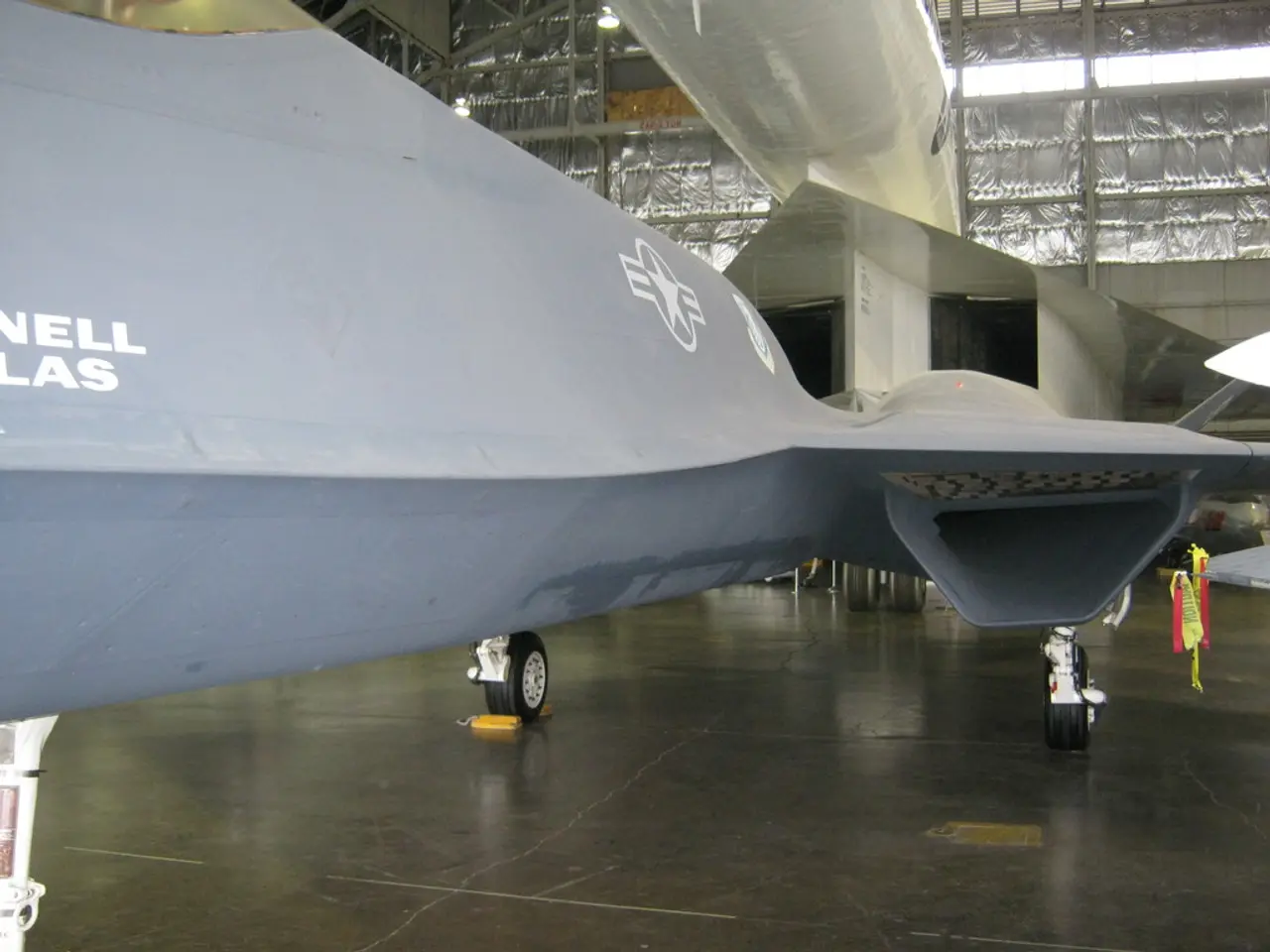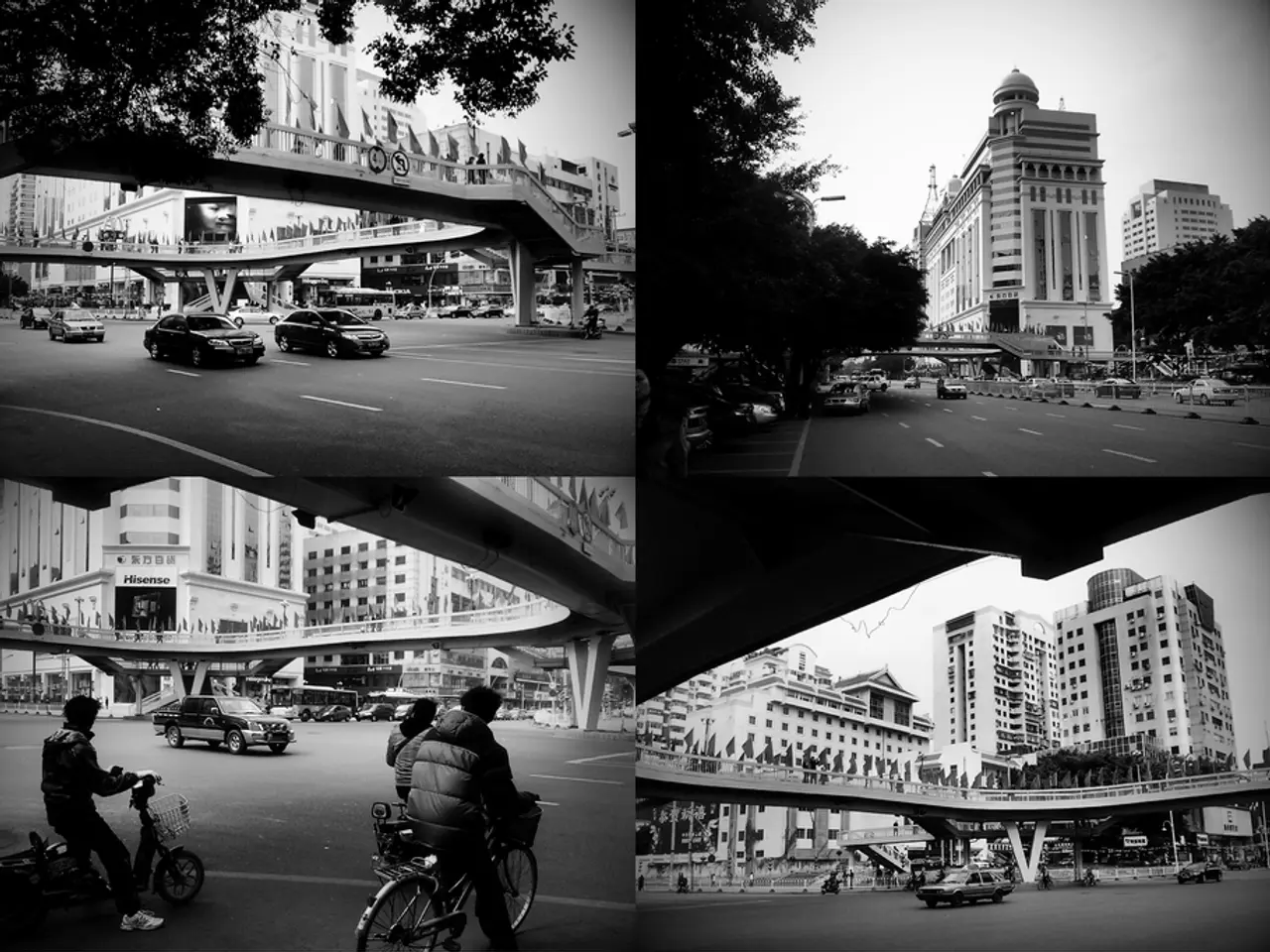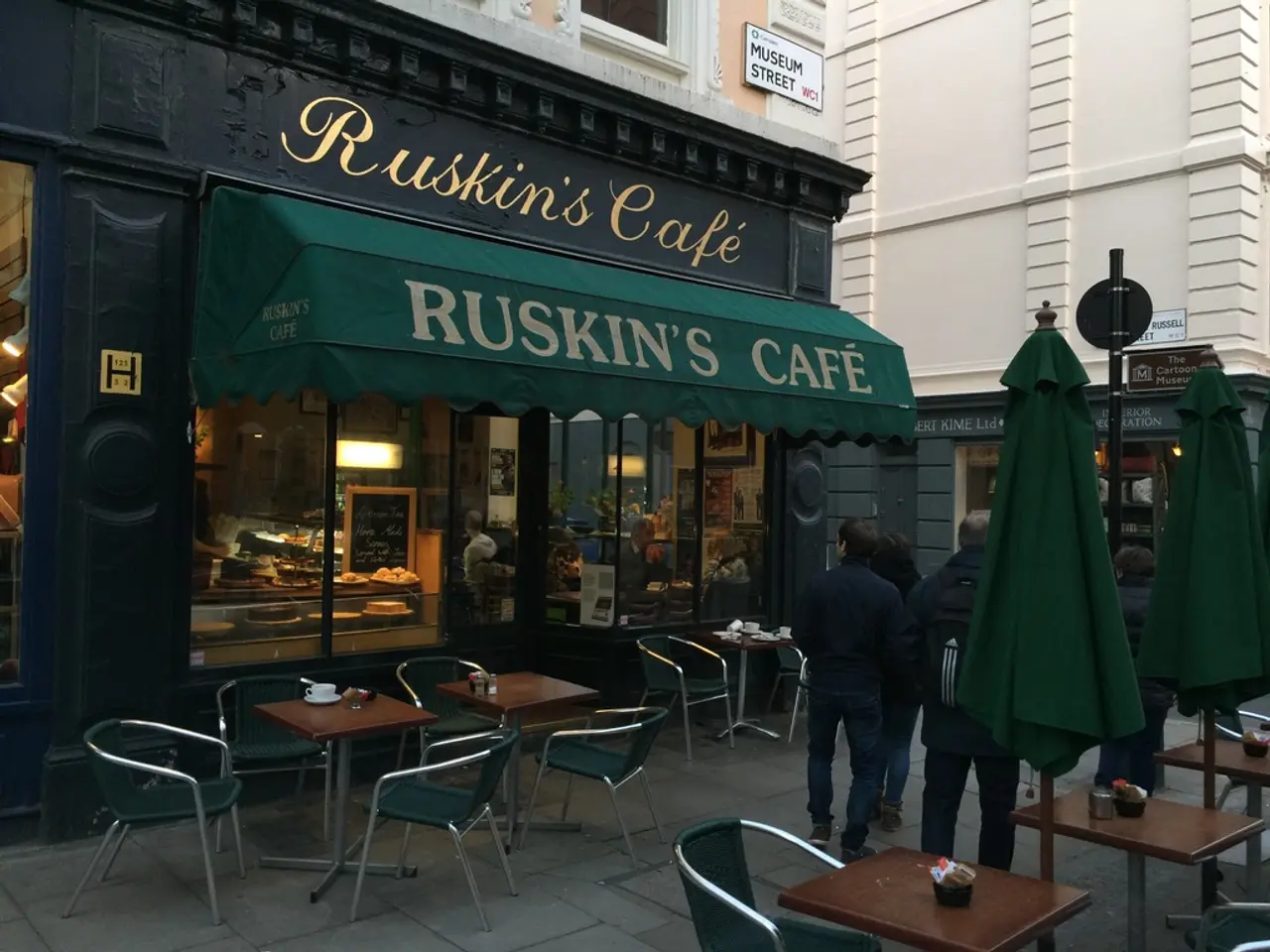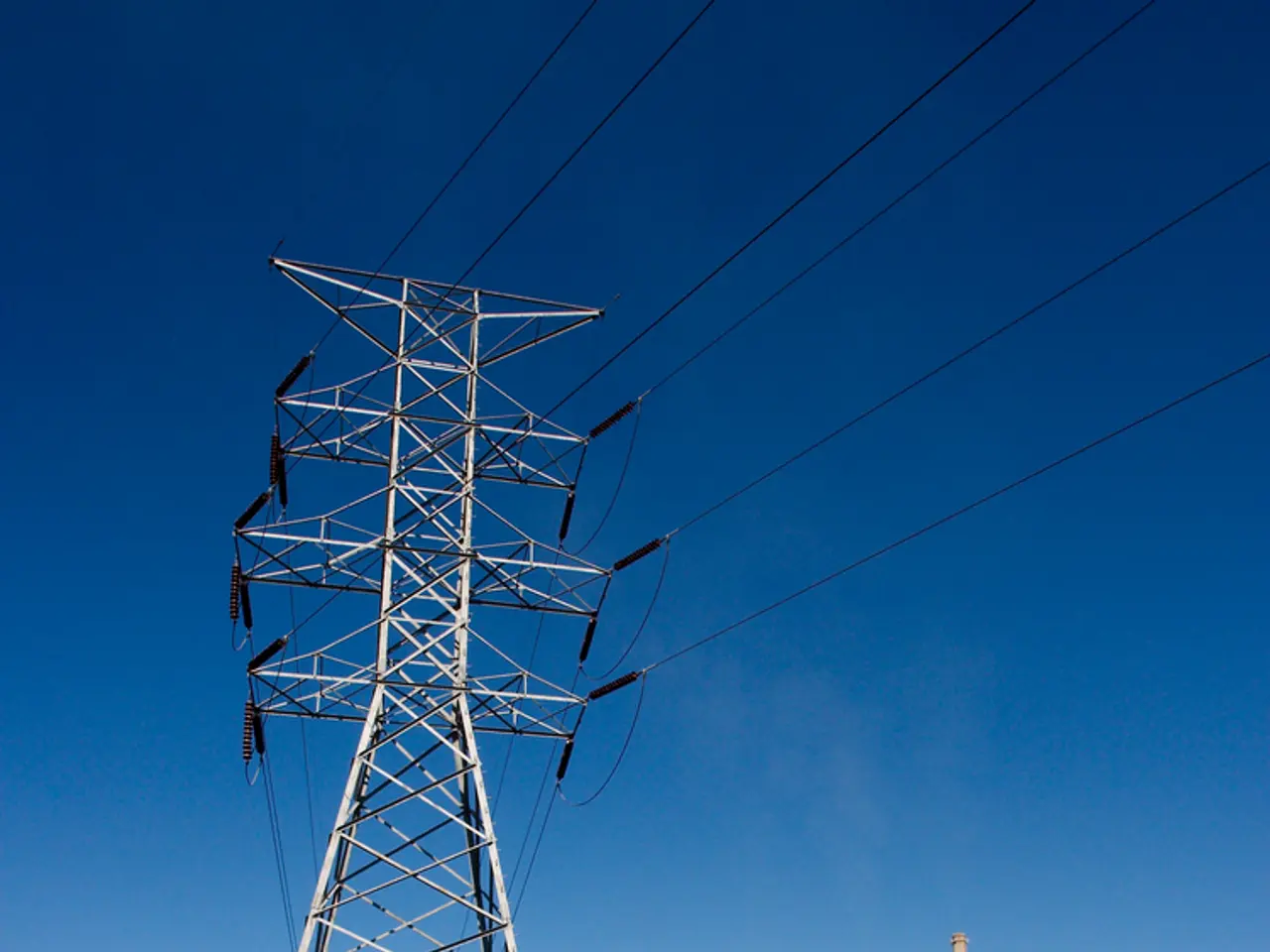From perusing two hundred financial literacy books, these five stand out as the most worthwhile reads:
Ready to revolutionize your financial journey? Skip the endless stream of financial advice and dive into these kick-ass books that will transform your relationship with money!
My hard-earned journey through oodles of personal finance literature has only confirmed that most of them are just recycled concepts in fancy packaging. But there are five life-changers that not only entertained me but triggered shifts in my financial life like a steamroller!
Here are the only five books you need to devour:
1. The Millionaire Fastlane by M.J. DeMarco
DeMarco's fearless criticism of the traditional "get a good job, save, and retire at 65" path is the ultimate game-changer. He labels this old approach the "Slow Lane" - a circumlocutory journey of struggle and stinginess that may (or may not) lead to retirement riches. His cooler alternative - the "Fastlane" - focuses on creating scalable business systems that will compress your wealth-building timeline from decades into just a few years!
This revolutionary book exposes the mathematical limitations of trading time for money. No matter how well-paid your gig is, a salary usually equals linear growth, while entrepreneurial systems offer exponential returns.
After reading, you’ll view your income source through the new lens of scalability and leverage. Your stable gig may suddenly appear as a wealth constraint instead of the path to wealth!
Ready to pursue entrepreneurship? DeMarco’s framework for assessing business opportunities will guide your decisions!
2. Rich Dad Poor Dad by Robert T. Kiyosaki
Few books have violently shaken up mainstream financial thinking like Kiyosaki’s comparison between his biological father (the academic success but financially struggling "Poor Dad") and his friend’s father (the less-educated but wealthy "Rich Dad"). The book’s simple, yet earth-shattering redefinition of assets and liabilities changed how I approach purchases and investments.
Kiyosaki contends that an asset puts money in your pocket, while a liability takes money out - regardless of what accountants or banks may call them. Through this lens, I saw my home, car, and most possessions as liabilities draining away my resources. This realization happened twenty-five years ago, and it shook me to my core: I had accumulated liabilities while mistakenly believing I was building wealth.
After internalizing the principle, I ruthlessly assessed every purchase: “Is this an asset or a liability?” Money previously directed toward status symbols, depreciating goods, and other non-essentials started flowing toward income-producing investments and cash-flowing assets.
This money shift is about more than just cash flow – it’s a complete flip-flop in your approach to building wealth. Instead of focusing on appearing rich through consumption, focus on becoming wealthy through asset accumulation.
3. Your Money or Your Life by Vicki Robin and Joe Dominguez
This book stands out by exploring the philosophical dimension of money! Robin and Dominguez introduce the mind-blowing concept that money is life energy - the priceless hours of your life that you exchange for dollars. By calculating the actual hours of life each purchase costs (considering commuting, work clothes, and other work-related expenses), I developed a higher threshold for judging worthwhile expenditures.
Following the book’s guidance, I tracked every measly penny flowing into and out of my life, asking whether each expense brought me satisfaction proportionate to its life energy cost. This practice quickly revealed numerous expenses that didn’t pass the test - subscriptions used once a month, impulse buys that provided temporary satisfaction, and status upgrades that impressed others but brought me little joy.
The concept of "enough" - the point where additional consumption doesn’t increase well-being - replaced my inexhaustible pursuit of more. This unexpected outcome? Contentment alongside financial progress!
By assigning life energy value to every income source - from wages, investments, or business - I gained clarity on which activities genuinely enhanced my existence rather than just filling my schedule.
4. The Total Money Makeover by Dave Ramsey
This is the starting point for most people beginning their financial journey. Dave Ramsey is the author who launched my journey to financial success. I read his first self-published book "Financial Peace" in 1992 when I was drowning in consumer debt.
Ramsey’s tactical debt elimination strategy was exactly what I needed to help me dig my way out! The debt snowball method - paying minimum payments on all debts while throwing extra cash at the smallest balance first - offered psychological wins that sustained my motivation through tough financial times.
Following Ramsey’s Baby Steps, I built my first emergency fund of $1,000 and exorcised thousands in consumer debt over 12 months! The freedom created by eliminating those monthly payments generated immediate breathing room in my budget and reduced financial stress - relief I felt before reaching financial independence years later.
Although some financial experts advocate for mathematically optimal techniques, Ramsey’s psychologically optimized approach proved perfect for my situation. The simplicity of his program with sequential, clear steps provided structure when financial chaos threatened to consume me.
This book delivers something invaluable for those embarking on their financial journey or recovering from financial mishaps: a solid plan forward without confusion or complexity.
5. Rich Dad's CASHFLOW Quadrant by Robert T. Kiyosaki
This CASHFLOW book is Rich Dad Poor Dad's sequel, which clarified my financial path in the early 2000s through Kiyosaki's framework of four income types: Employee, Self-Employed, Business Owner, and Investor. I realized I had been firmly ensconced in the E (employee) quadrant - complete with the income limitations and tax disadvantages that come with the territory.
The book exposes structural differences between left-side quadrants (E and S) where income remains capped by personal time and effort, and right-side quadrants (B and I) where systems and assets generate income with minimal direct involvement.
Armed with this insight, I began intentionally moving toward the B (business) and I (investor) quadrants. I restructured my side business to function without constant oversight and increased investments in opportunity-rich areas.
This strategic shift has gradually increased my financial resilience by diversifying income streams and reducing dependence on any single source - an invaluable benefit during economic downturns like 2008. The principles discussed in this book have helped me climb the ladder to millionaire status and financial freedom.
Conclusion
These five books form a complete system of financial education! "Rich Dad Poor Dad" and "Your Money or Your Life" establish a philosophical foundation, while "The Total Money Makeover" offers tactical guidance for escaping debt and building an initial cushion. Finally, "The Millionaire Fastlane" and "CASHFLOW Quadrant" offer strategic frameworks for accelerating financial independence through business systems and investments.
What makes these books exceptional is not only their ideas but their capacity to motivate action. While other financial books will have you nodding in agreement, these five can actually change your financial habits and transform your financial reality! If you're looking to cut through the noise of financial advice and focus on principles that truly matter, these five books will be all you need!
The five books detailed in this article have significantly altered my personal finance and investing perspectives. 'The Millionaire Fastlane' by M.J. DeMarco encourages shift from the traditional 'Slow Lane' to the 'Fastlane', emphasizing the scalability and leverage of entrepreneurial systems over a linear salary. 'Rich Dad Poor Dad' by Robert T. Kiyosaki alters your approach to building wealth by focusing on asset accumulation instead of impressing others through consumption. 'Your Money or Your Life' by Vicki Robin and Joe Dominguez introduces the concept that money is life energy, causing me to reevaluate every expense based on its life energy cost. 'The Total Money Makeover' by Dave Ramsey offers a practical debt elimination strategy to help manage and climb out of financial distress. Lastly, 'Rich Dad's CASHFLOW Quadrant' by Robert T. Kiyosaki provides a framework to shift from left-side to right-side income quadrants, increasing financial resilience through diversified income streams. These books empower readers to revolutionize their financial lives and cut through the noise of financial advice with actionable strategies.








